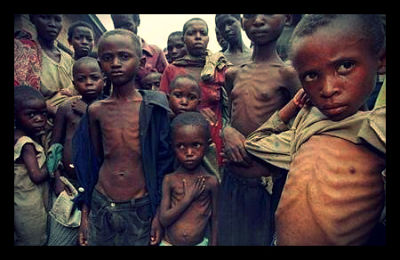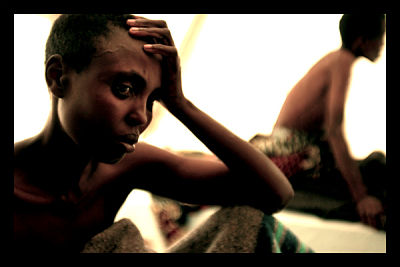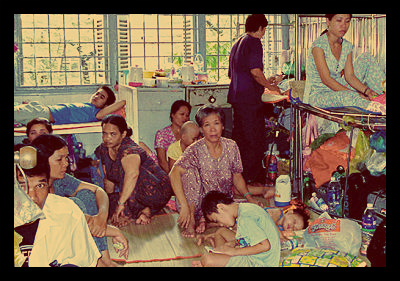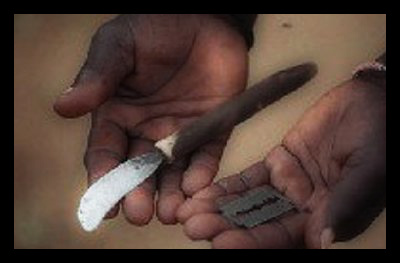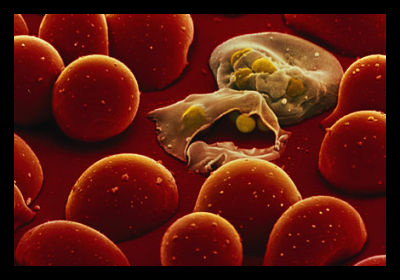
Children ages 12 to 23 months receive an estimated 30-40% of total energy from breast milk. This milk serves as a source of energy and essential fatty acids for them and the fat content appears critical for utilizing pro-vitamin A carotenoids, which exist predominantly in plant-based diets. Moreover, these nutrients offer necessary protection against diseases and help children recovery from infections.
Breastfed children face a significantly reduced risk of chronic illness. The contribution of breast milk to overall nutritional status protects children from developing noncommunicable diseases as adults. Breast milk also improves cognitive development. This benefit could serve to assist with the second Millennium Development Goal of achieving universal primary education. Education coupled with decline of disease increases productivity in developing countries subsequently offering greater food security and the reduction in poverty.
For young girls, greater learning potential offers financial independence. Mothers, in addition to their daughters, benefit from exclusive breastfeeding as well. Breastfeeding naturally delays fertility and as a result, this increases the period between births in populations without contraception. At this time, developing nations account for 99% of global maternal deaths.
A delay in childbirth protects the lives of many women who marry young and give birth frequently. Those who give birth before the age of fifteen risk dying during childbirth at five times the rate of those in their twenties. The World Health Organization offers a number of guidelines to improve breastfeeding and complimentary feeding practices. The annual loss in GDP to vitamin and mineral deficiencies far exceeds the cost of these interventions. For instance, Peru loses $637 million a year to malnutrition. Yet increasing its micronutrient interventions costs less than $16 million annually. To promote the timeline of exclusive breastfeeding, the organization could implement these low-cost interventions:
- Advocate for natural breastfeeding, as opposed to the use of water-based substitutes
- Adopt and enforce maternity leave policies
- Provide training on infant and young child feeding to health care professionals
- Implement a cash-conditional program for mothers to breastfeed and regularly visit clinics
- Develop and support work sit lactation programs
Exclusive breastfeeding within the first six months nourishes infants and acts as a safeguard against the spread of diseases. However, globally, less than 40% of infants benefit from exclusive breastfeeding. Affordable and direct solutions to this issue exist, holding the potential to drive this rate to 100%worldwide.
– Ellery Spahr
Photo: She Rights Sources: WHO, World Bank


